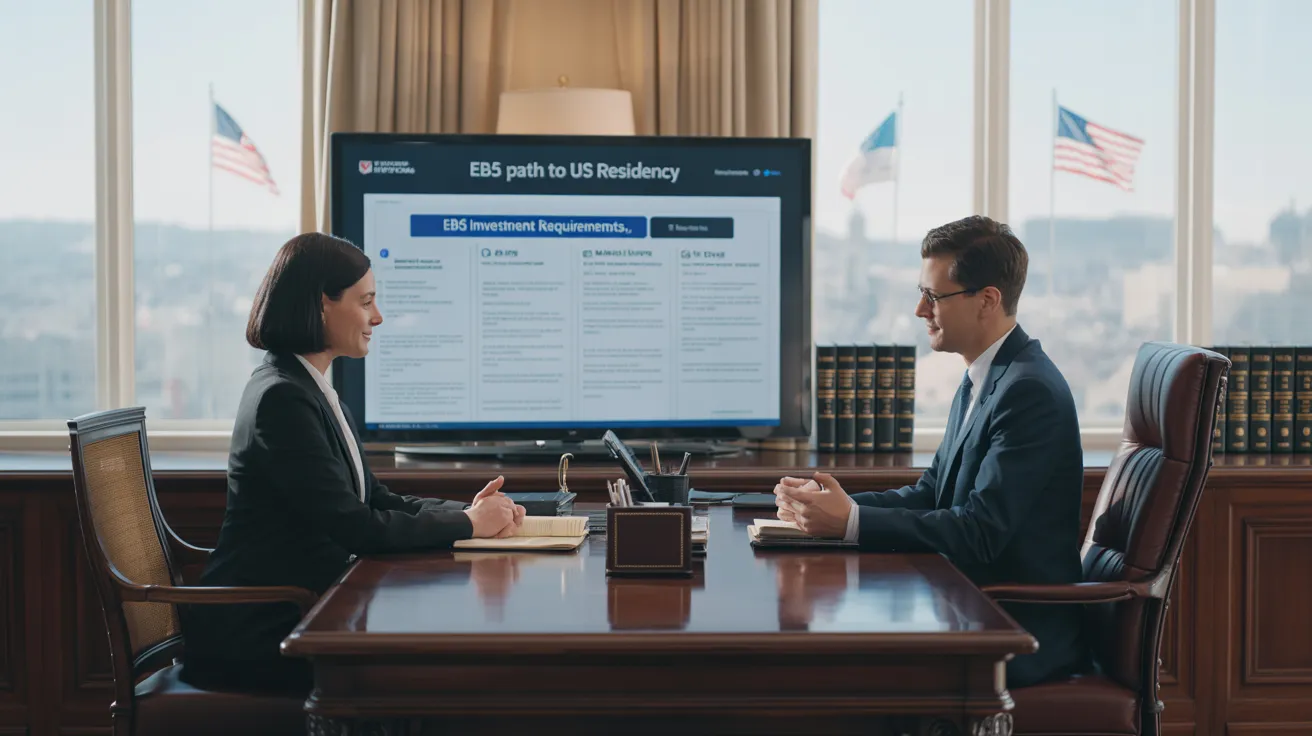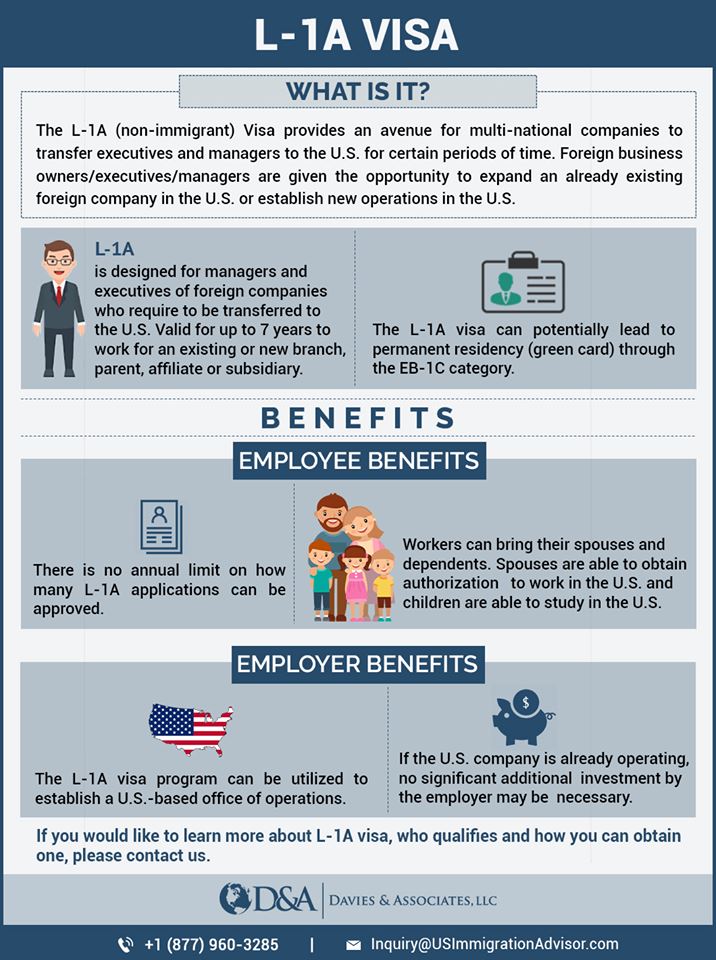The Best Guide To L1 Visa
Table of ContentsL1 Visa Fundamentals ExplainedA Biased View of L1 VisaNot known Facts About L1 VisaAbout L1 VisaThe Ultimate Guide To L1 Visa10 Easy Facts About L1 Visa Explained
Readily Available from ProQuest Dissertations & Theses International; Social Scientific Research Costs Collection. DHS Office of the Inspector General. Gotten 2023-03-26.
U.S. Division of State. Recovered 2023-02-08. Tamen, Joan Fleischer (August 10, 2013).
The Best Guide To L1 Visa
In order to be qualified for the L-1 visa, the international company abroad where the Beneficiary was utilized and the united state company have to have a certifying connection at the time of the transfer. The different kinds of qualifying partnerships are: 1. Parent-Subsidiary: The Parent implies a firm, corporation, or other lawful entity which has subsidiaries that it possesses and controls."Subsidiary" indicates a company, corporation, or other legal entity of which a moms and dad possesses, directly or indirectly, more than 50% of the entity, OR has much less than 50% but has monitoring control of the entity.
Instance 1: Firm A is incorporated in France and utilizes the Recipient. Firm B is included in the U.S. and wishes to request the Beneficiary. Business A has 100% of the shares of Business B.Company A is the Parent and Firm B is a subsidiary. There is a certifying connection between the two companies and Company B need to be able to fund the Beneficiary.
Firm An owns 40% of Company B. The staying 60% is possessed and regulated by Business C, which has no relation to Firm A.Since Firm A and B do not have a parent-subsidiary partnership, Business A can not sponsor the Recipient for L-1.
Firm An owns 40% of Company B. The continuing to be 60% is owned by Company C, which has no relationship to Business A. Nonetheless, Business A, by formal arrangement, controls and full takes care of Business B.Since Business An owns much less than 50% of Company B but handles and manages the business, there is a certifying parent-subsidiary partnership and Company A can sponsor the Beneficiary for L-1.
Getting My L1 copyright Work
Business B is incorporated in the U.S.
5 Simple Techniques For L1 Visa

The L-1 visa is an employment-based visa group established by Congress in 1970, permitting multinational business to transfer their supervisors, executives, or vital workers to their U.S. operations. It is typically referred to as the intracompany transferee visa.

Furthermore, the recipient should have operated in a managerial, exec, or specialized employee setting for one year within the three years coming before the L-1A application in the foreign business. For brand-new office applications, foreign work must have remained in a managerial or executive capability if the recipient is pertaining to the USA to function as a manager or executive.
What Does L1 Visa Mean?

If provided for a united state company operational for even more than one year, the initial L-1B visa is for up to 3 years and can be extended for an extra two years (L1 Visa). Alternatively, if the united state business is newly developed or has been functional for less than one year, the preliminary L-1B visa is issued for one year, with expansions offered in two-year increments
The L-1 visa is an employment-based visa category developed by Congress in 1970, permitting multinational firms to move their managers, execs, or essential personnel to their U.S. procedures. It is frequently referred to as the intracompany transferee visa. There are 2 primary kinds of L-1 visas: L-1A and L-1B. These kinds are appropriate for workers worked with in different placements within a firm.
The 3-Minute Rule for L1 Visa
In addition, the beneficiary needs to have worked in a managerial, executive, or specialized employee position for one year within the 3 years coming before the L-1A application in the international business. For new workplace applications, foreign employment should have been in a supervisory or executive capability if the beneficiary is coming to the United States to function as a manager or executive.
for as much as seven years to manage the procedures of the U.S. affiliate as an executive or supervisor. If released for a united state company that has actually been functional for even more than one year, the L-1A visa is originally provided for approximately three years and can be extended in two-year increments.
If provided for a united state company functional for more than one year, the initial L-1B visa is for as much as three years and learn more can be prolonged for an extra two years. On the other hand, if the U.S. business is freshly developed or has been functional for much less than one year, the preliminary L-1B visa is released for one year, with expansions available in two-year increments.